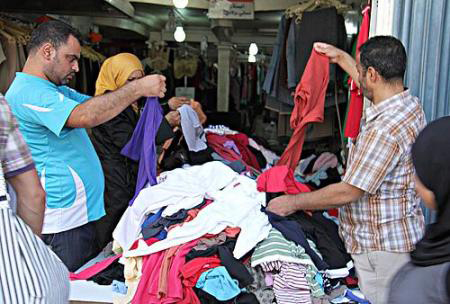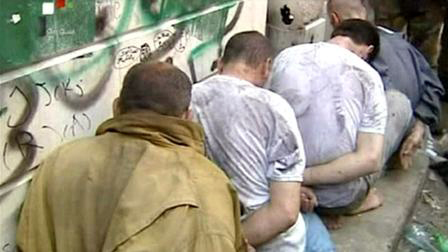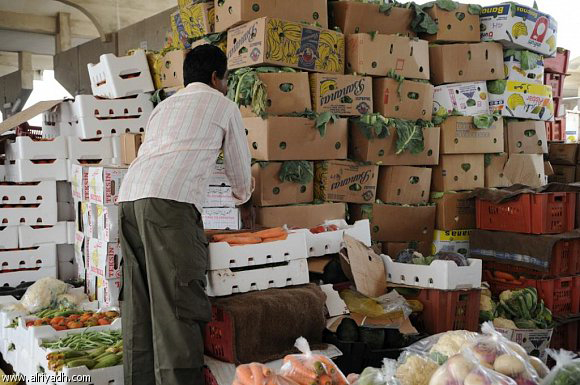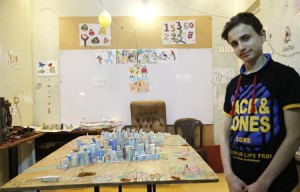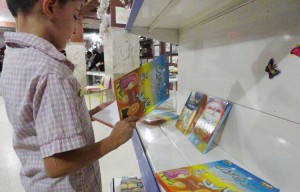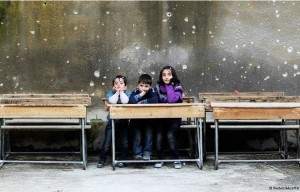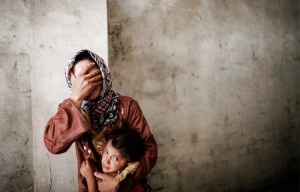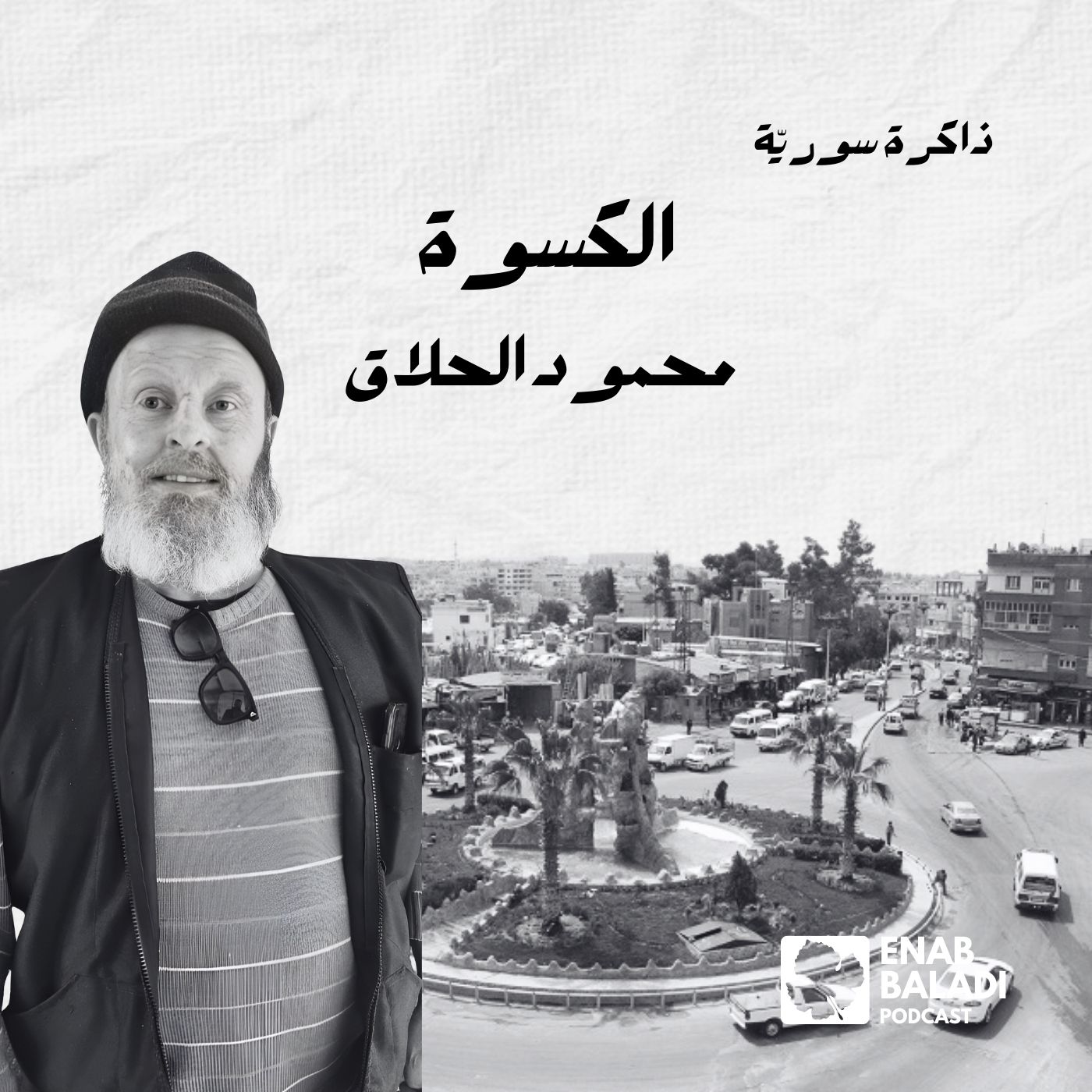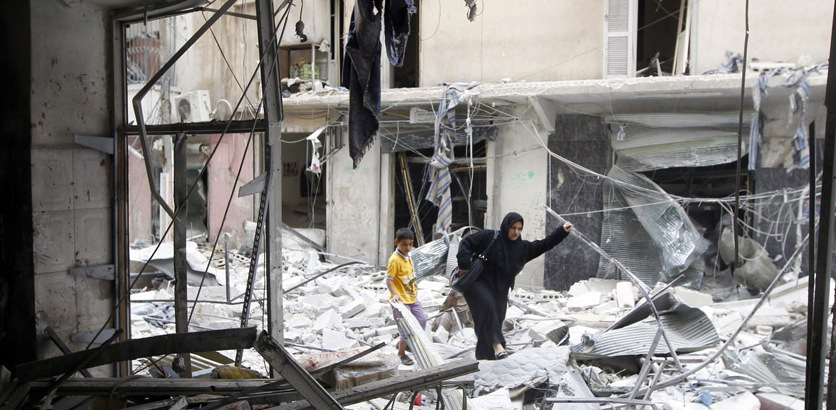
“Debris Trade”… The Story of Death and Life

Enab Baladi Issue # 85 – Sun, Oct. 06, 2013
Many areas in Idlib countryside were the target for a military escalation by regime forces especially by using air force which leads to the killing of many people and to the collapsing of a lot of houses and buildings. This collapse leaves behind metal debris that is good for sale. Recently, Idlib’s population benefits from the rest of their collapsed homes in ensuring their essential needs. They sell them to the center of collecting scrap and for hawkers who are famous in that area. Moreover, a new kind of trade has been emerged and is idiomatically known as “debris trade”. It is based on selling the rest of building materials that can be used again such as windows, doors and iron pieces and also on selling the rest of the furniture. Large centers are launched to include this kind of debris and are placed in Mara Numan, Martmbarn, Taaum and other areas. This trade is available along the liberated countryside of Idlib. The idea of collecting scraps is based on sending hawker merchants with tracks to damaged areas and using amplifiers in order to let people know of their coming. After that, negotiations start between the merchants and the debris’s owner for buying in different prices; either in kilo for scraps or in an approximate prices for each piece of furniture. At the end of the day, the merchants deliver their purchases to the main centers where these scraps are collected and sent via big trucks to fusion factories and recycled metals in Hama city which is under the control of regime forces. Therefore, many people suspect that these scraps are put with explosives in the barrels that are thrown on the Syrian cities and form killing splinters. However, that is not approved yet. Ismail Altaftanazi, a member of media office in Taftanaz, is the owner of a shop that sells plumping and electrical materials in the town, which was destroyed by regime forces among other parts of the town. He says: “I was forced to sell the goods as scraps, after I weighed them and their price was 1000 Syrian pounds.” Ismail confirms that this phenomenon is spread in Taftanaz because of the destruction that forces people to sell the rest of windows, doors and water tanks that are made of zinc. They sell them to merchants who resell them in Martmbarn or Taaum. This trade is closely related to the trade in the wrecks of military vehicles and warplanes, destroyed by free army during battles with regime forces. Abo Ahmad, a hawker merchant in the liberated areas, tells us that buying scraps has become normal in the destroyed areas. “We not only buy and sell the rest of houses whose owners have escaped from death, but also buy the leftover pieces of tanks, BMB carts and warplanes.” Abo Mohammad is worried that someone would find out that these pieces are from the leftover parts of military weapons because the main centers might not deliver them. Furthermore, they transform them to fusion factories in Hama which requires their passage via regime barriers. Debris trade has many names according to Idlib’s population. For instance, the trade of “ruins”, “destruction” or “the scraps of homes, death and barrels” since it is totally dependent on the aftermath of the massive destruction inflicted by regime forces, and since it reflects the dire circumstances in which its traders are living.
اذا كنت تعتقد/تعتقدين أن المقال يحوي معلومات خاطئة أو لديك تفاصيل إضافية أرسل/أرسلي تصحيحًا
إذا كنت تعتقد/تعتقدين أن المقال ينتهك أيًا من المبادئ الأخلاقية أو المعايير المهنية قدم/قدمي شكوى
-
تابعنا على :




